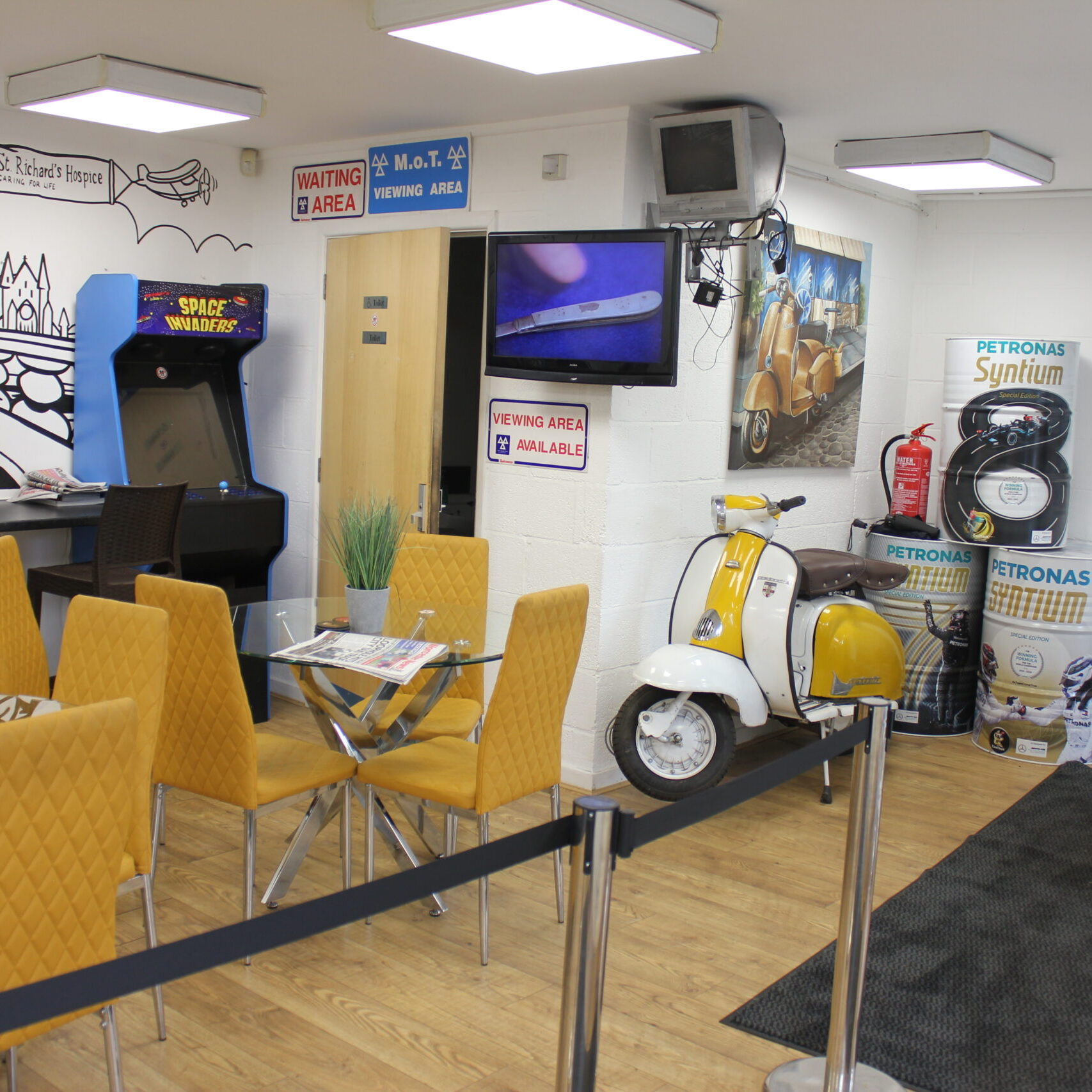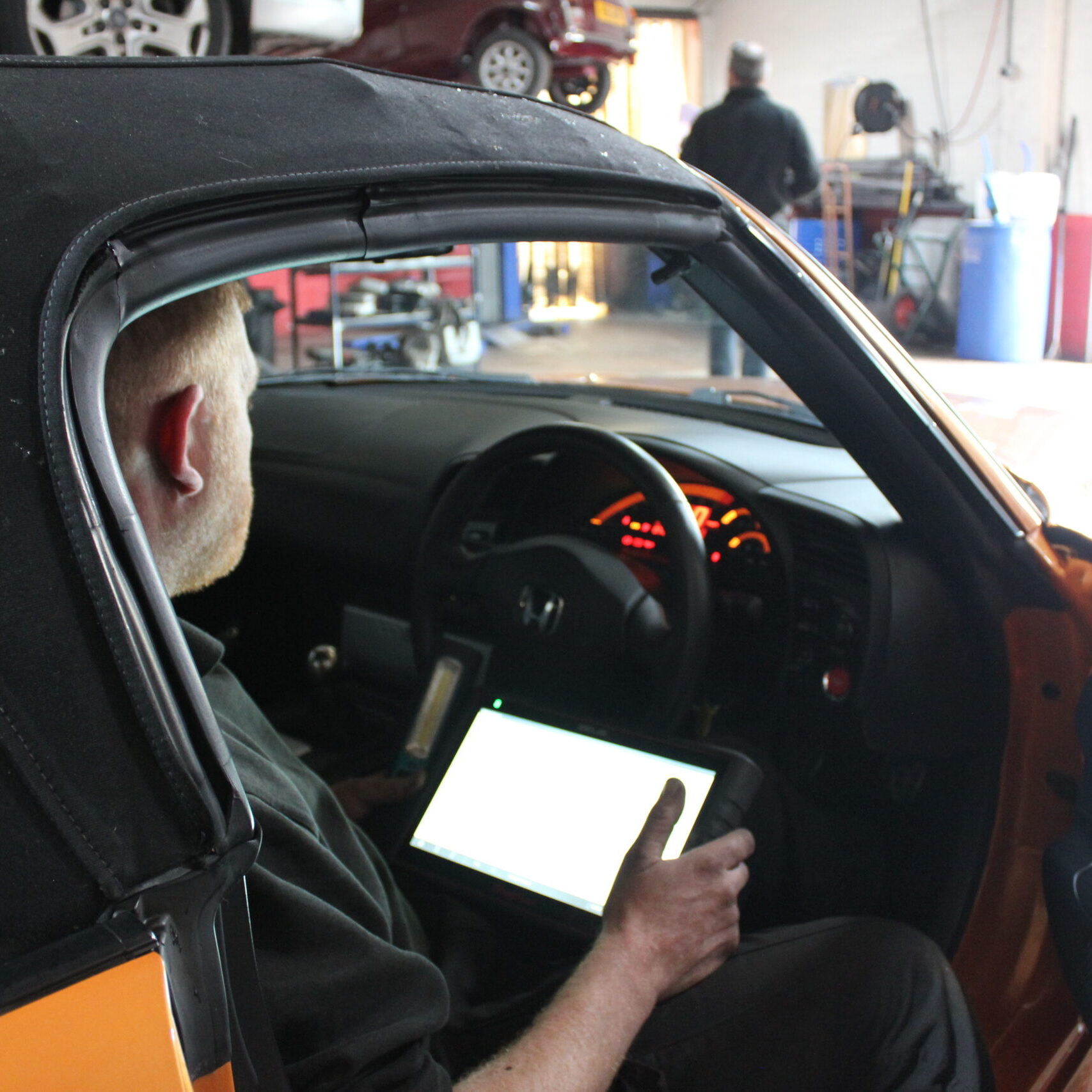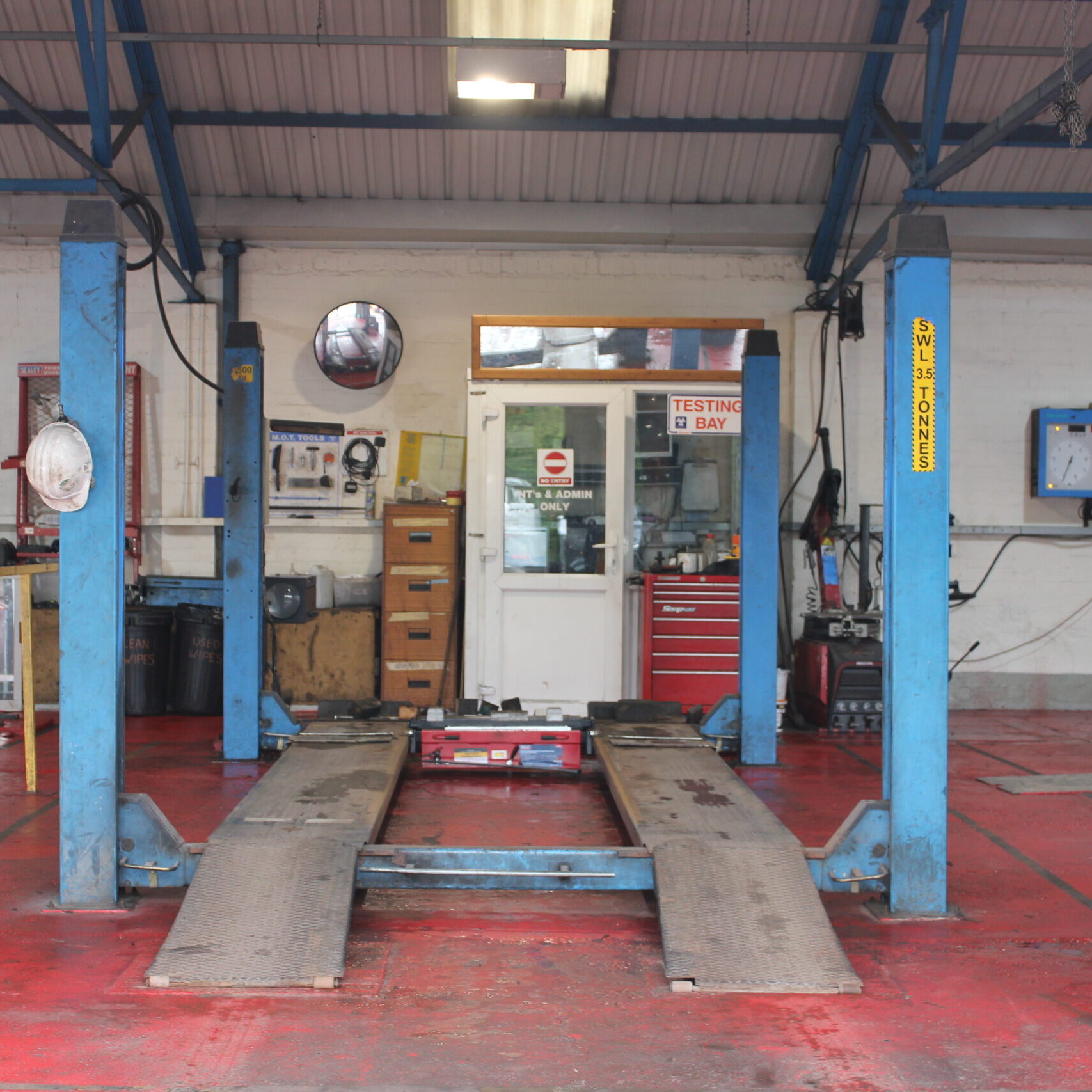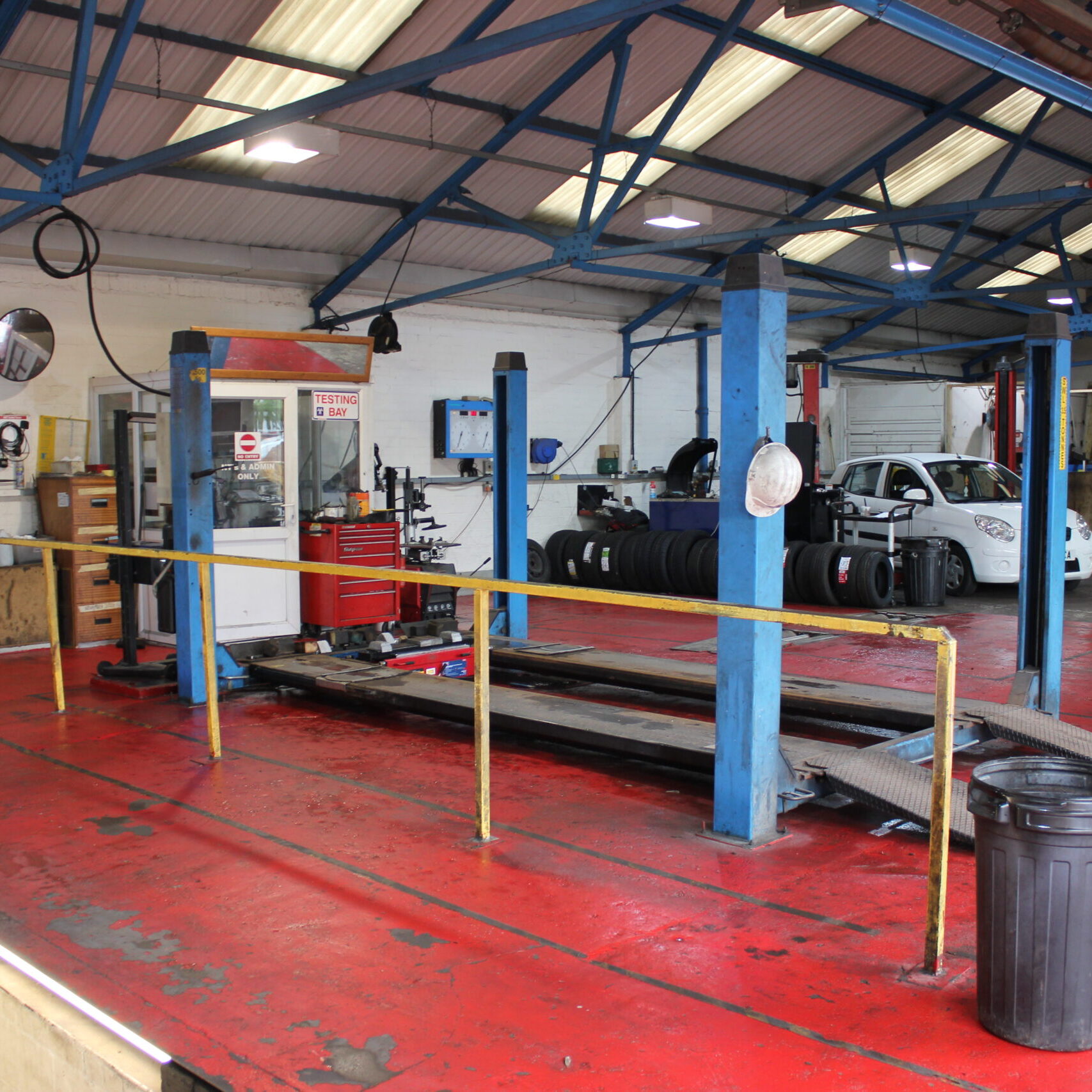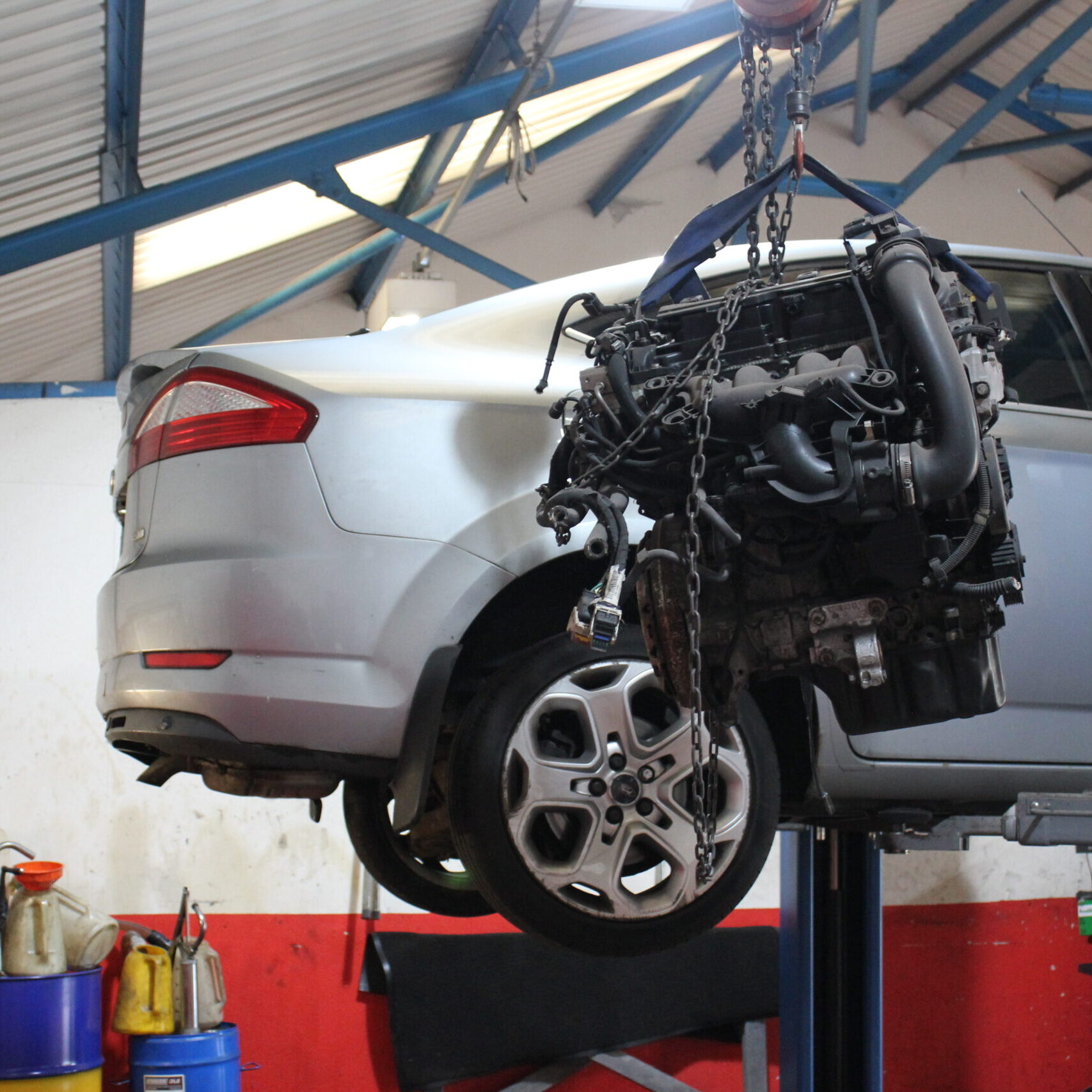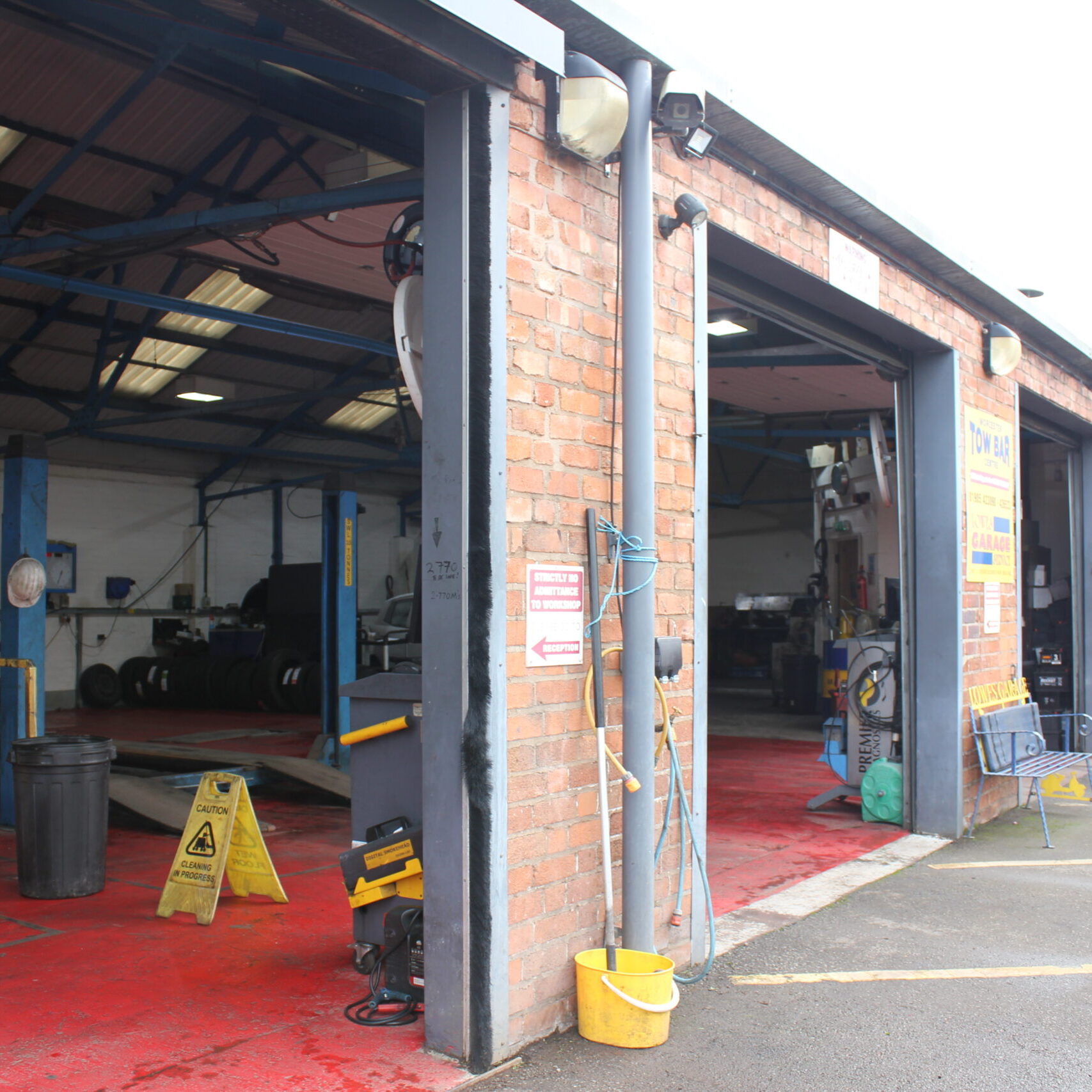A guide to economical driving
As we all know, motoring costs money, and with volatile fuel prices and a global energy conservation drive, we motorists can adjust our driving habits to save on fuel. It might be a small thing, something you think would not make much of a difference, yet over time, this adds up to a significant fuel saving.
Understanding how gearing works helps to improve economic driving. And when we consider that the revolutions per minute (RPM) of the engine is directly related to the amount of fuel used, the goal is to keep away from the red line and sit somewhere in the middle of the range. With all that in mind, here are a few economic driving tips to help keep your fuel costs down.
Regular Vehicle Maintenance – Regular servicing ensures the car is running at optimum levels, and the mixture of fuel and air that is injected into the cylinders needs to be precise. Too much oxygen means more fuel is burnt, and this applies to all types of internal combustion engines, whether diesel or gasoline powered. At Lowes Garage, we have the hi-tech equipment to precisely tune your engine. This will save on fuel and if repeated annually, the vehicle will always burn the correct mixture of fuel and air, and it matters not the make of your vehicle. Lowes Garage is qualified to work on any make or model.
Adjust your Driving Technique – This is where you can really make a difference. While it might feel good to floor it through the gears using the entire power band, it literally gobbles up the fuel. When thinking fuel consumption, your RPM gauge is what you should be looking at, and try to keep the engine as close to 3,000 RPM as you can without causing the engine to struggle. As you pull away, change gear a little earlier and this will result in fuel saving. Another way to reduce fuel consumption is to decrease the amount of gear braking (slowing the car down by using a lower gear), although you should still use lower gears when descending steep inclines.
Check Tyre Pressures Regularly – It is important for safety reasons to inspect your tyres on a regular basis, and with a small pen type gauge, you can quickly check the tyre pressure of each wheel. The owner’s manual will tell you the recommended PSI – which would typically be 28-30 – and the rear tyres can be a little higher if you are expecting several passengers or a heavy load in the boot. A vehicle with under-inflated tyres will use more fuel, and even misalignment can add to the fuel consumption. At Lowes Garage, every car that comes through our workshop is tyre pressure checked, as well as a thorough assessment of tyre wear and tear. Driving a car with incorrectly pressured tyres can be very dangerous, as the handling of the vehicle is affected, so it is important to check all tyre pressures on a weekly basis, adding when required.
If you live in or around Worcester, we are always on hand to service or repair your vehicle, and with your car running at optimum level, and a few slight changes to your driving technique, you can make a significant reduction in the fuel you use.
Give us a call on 01905 426 533 or return our online form and let’s start helping you conserve fuel.
If you fancy a drive, visit our state-of-the-art workshop at:

